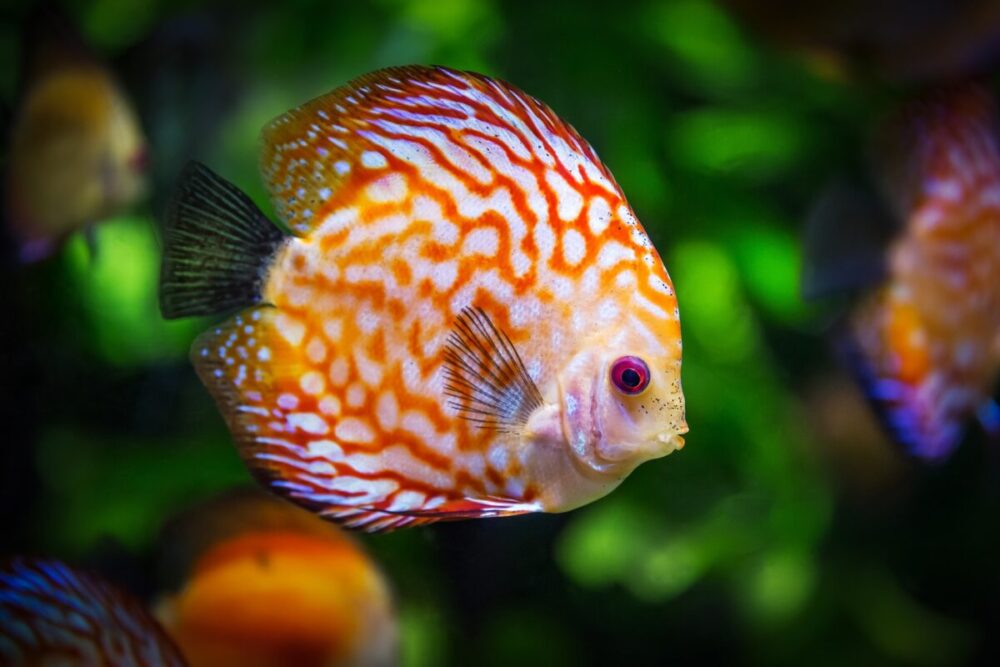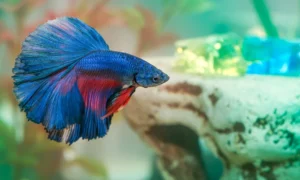Keeping pets is one of the most popular and entertaining hobbies many enjoy. Many prefer fur friends such as cats and dogs, while others take on the more “exotic” side by taking care of birds, lizards, or fish.
With their various colors, shapes, and sizes, fish is a popular pet for both children and adults. Visit FishLab.com for different kinds of perfect for you to keep.
And if you plan to explore the colorful and beautiful world of fish-keeping, consider these five beginner-friendly tips.
Decide on Your Fish’s Habitat
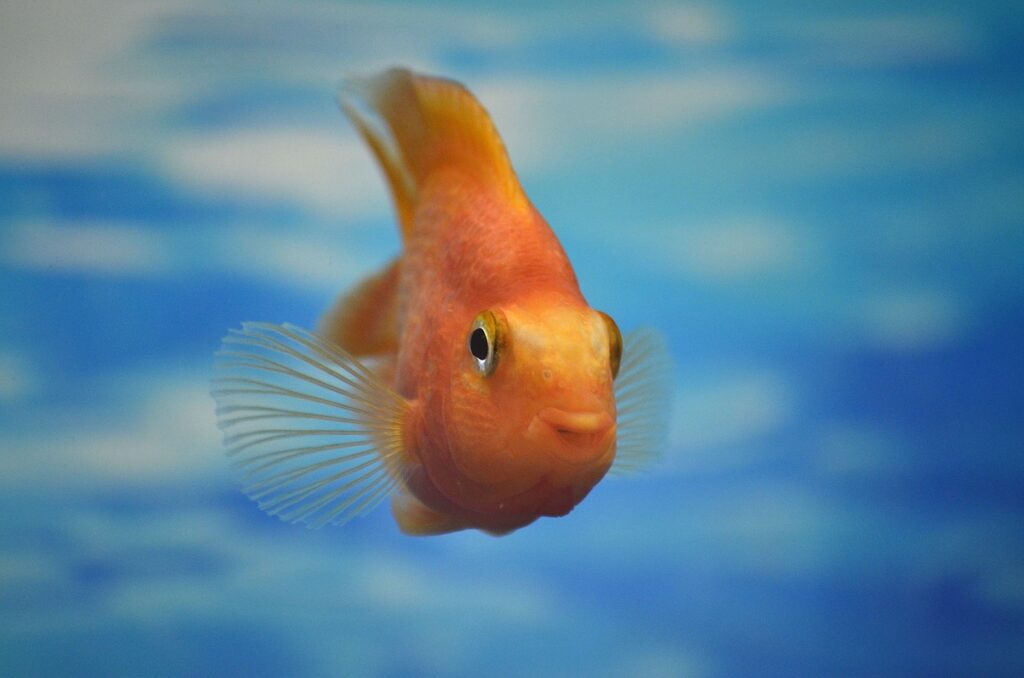
Image source: pixabay.com
Before buying your colorful fish, it is crucial to choose the right habitat suited for your potential fish species and your home. Aquariums, or fish tanks, are the most popular choice for keeping fish. However, fishbowls, fish ponds, and water fountains are other options.
Choose a spot in your home where you can fit your potential aquarium. Measure the surface where you plan to place your aquarium. Doing so will help you choose from the vast array of aquarium sizes; you’ll find desktop aquariums, small aquariums, and fish tanks the size of your flat-screen TV. Aquariums are also ideal if you plan to take care of multiple fish species.
Make sure your aquarium is not on a sun-exposed spot as the sunlight promotes algae growth. Do not place your aquarium close to your air conditioning unit or heat sources such as a stove or radiator. Inconsistent temperatures significantly affect your fish tank environment and may stress or kill your precious fish.
Suppose you live in a cozier household, like the studio or one-bedroom condominium units offered for rent in Makati from platforms like Lamudi.com.ph. In that case, a fishbowl might be a more suitable option. You’ll find various fish bowl shapes, ranging from the conventional spherical shape to options that look like melting glass. Fishbowls are ideal if you plan to keep a fish or two. Goldfish are a popular choice for fish bowls as they can thrive in smaller environments.
If you plan to place fish in your garden pond or fountain, place an aerator at the bottom of the water feature. The aerator helps your fish breathe better, especially during colder seasons since they tend to gather at the bottom of the pond or fountain to avoid drafts and frost.
Choose the Right Fish
After selecting your fishes’ habitat, it is time to choose the right fish species. Choosing which fish you want to take care of also helps you plan your aquarium set up. Some fish species thrive in saline water, some in temperate waters, while others are suited for fresh water and colder temperatures.
Temperate fish are the most low-maintenance of the fish species. They can grow in simple aquarium set-ups; gravel, filtered water, and an oxygen filter are essential components to keep your temperate fish alive. Minnows, assorted danio, freshwater shrimps, and temperate rosy barbs are some of the beginner-friendly temperate aquatic life you can keep in your aquarium.
Coldwater fish are also low-maintenance and are hardy, making them a good investment in the long run. They are also great for beginners since they don’t need aquarium heaters to keep the fish alive and healthy. Coldwater fish also help keep your tank clean by consuming the algae that may stick and accumulate on your glass surface. Goldfish, koi, pearl danio, winter loaches, and blood fin tetra are popular coldwater aquarium fish.
Tropical fish are quite high-maintenance as these fish species are harder to breed and maintain than temperate and coldwater fishes. Your aquarium must be fully-oxygenated and have a consistent temperature of around 24°C to 27°C to keep your tropical fish alive.
Despite their relatively high-maintenance, tropical fish are well-loved by aquarium enthusiasts due to their bright colors and unique shapes. Some believe they bring luck and good fortune; when a tropical fish dies, replace them immediately to avoid bad luck. Popular saltwater tropical fish include clownfish, angelfish, damselfish, and blue tangs. If you want a freshwater aquarium, cichlids, platies, swordtails, and various goldfish types are your best tropical fish options.
Consider Fish Compatibility
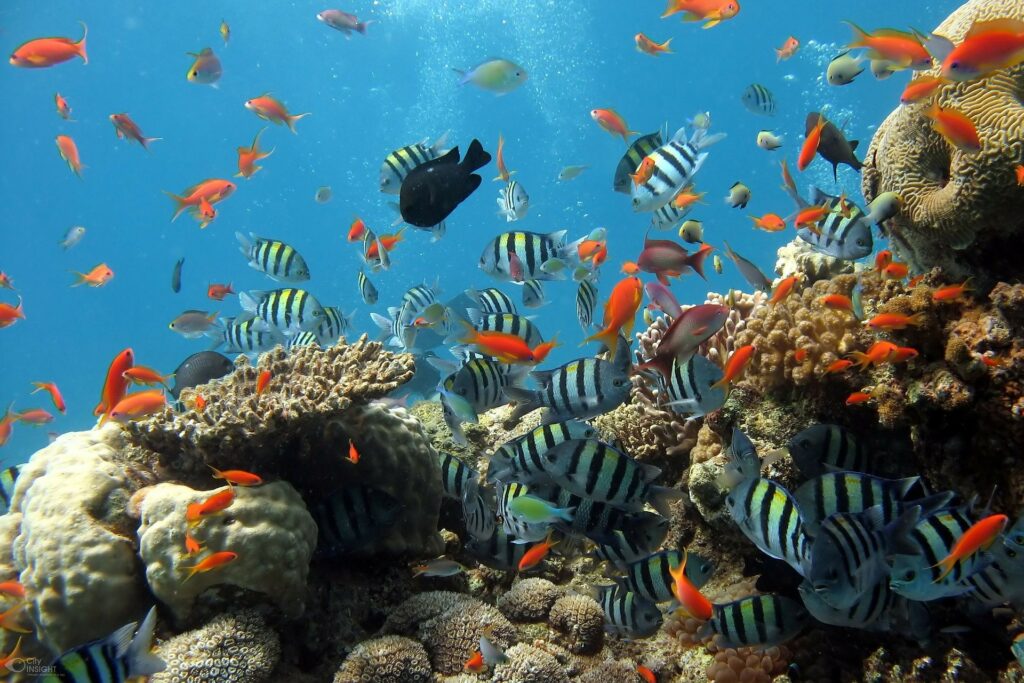
Image source: pixabay.com
Now that you’ve chosen your aquarium environment and fish species, it’s time to check whether your potential pet fishes can live with each other. When selecting fish varieties that can live together, consider their size, gender, origin, breeding behaviors, and territorial characteristics.
For example, placing two male cichlids in one fish tank may not be wise as they are quite territorial and aggressive, especially during mating season. Avoid keeping two males of the same species to avoid turf wars in your aquarium. If you have livebearer fishes, maintain a ratio of one male to three females to disperse their persistent mating behavior.
As for size, if you have fish that are relatively smaller than the others, chances are they will end up in the bellies of your bigger fish. Chaos in your aquarium may also occur because of your fishes’ origins; if they come from various spots where you live, chances are they might not be friendly towards each other.
Choose fish species with roughly the same size to avoid cannibalism. If you have territorial fish, your newcomers should be as large as the biggest aggressive fish to prevent fights and fish death.
Get Your Water Ready
Part of setting up your aquarium to its optimal condition is prepping your water to suit your fishes’ needs. If you fill your tank with tap water, use a dechlorinating agent along with a biological aquarium supplement to balance the water’s chemical properties. Doing so allows your fish to live happily and healthily.
Use water-testing kits to check for salinity, ammonia, nitrate, and nitrite levels. Leaving these in your water may kill your fish and aquatic plants. Also, get pH testing kits to check your aquarium’s pH levels. Usually, your water should fall around a pH level of 6.8 to 7.5 as it provides a natural environment that helps your fish resist illnesses. It is also crucial to check for fluctuations in your pH levels. If your water’s pH level increases more than 0.3 within a 24-hour timeframe, make the necessary adjustment to balance your water. Doing so keeps your fish from getting sick and stressed.
Fill Up Your Fish’s Habitat
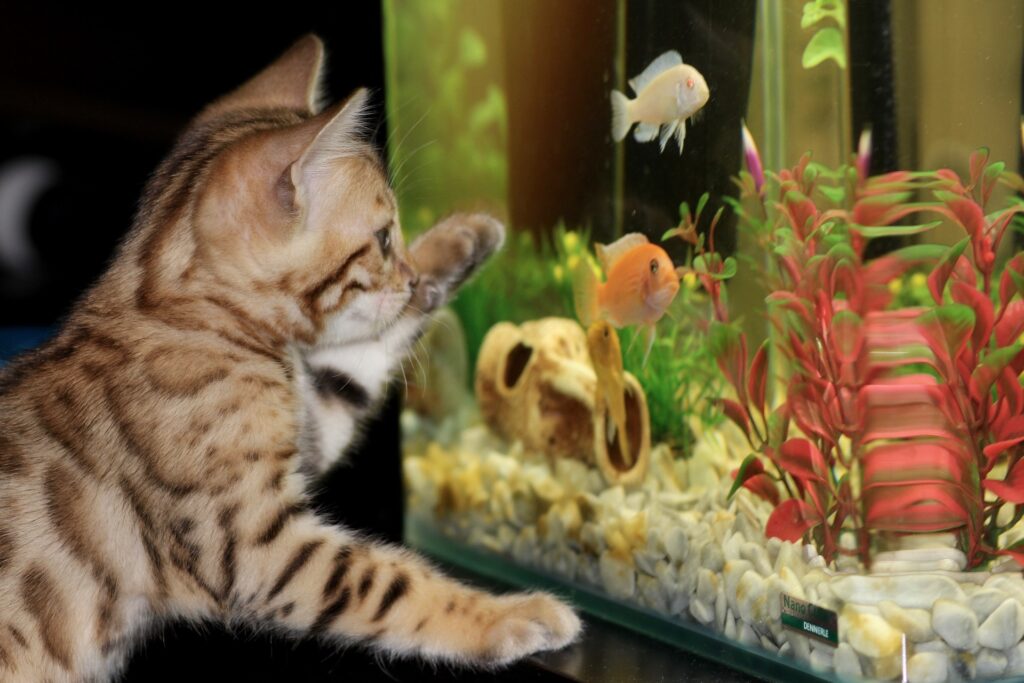
Image source: pixabay.com
When preparing your fish tank, use a clean, damp cloth to clean the inner and outer surfaces. Avoid using soap, detergents, or cleaning products as the chemicals may cling onto the glass. These harmful substances will affect your water pH and chemical levels and harm your fishes. Place your aquarium on a flat surface near an electric outlet. You’ll need to power your filters, ultraviolet light, and oxygenators for your fishes to live and grow.
Now that your fish tank is clean and placed in its ideal spot, it’s time to fill it up. Add 1.5 to 2 pounds (680 to 907 grams) of gravel for every gallon (3.7 liters) of aquarium water. Put a clean dish on top of the pebbles and slowly pour your water. The dish helps distribute the water in your tank without dispersing your gravel placement. Check for leakages each time you finish pouring one gallon of water to see whether your aquarium is secured and suited for your fish to live.
Once your tank is half full, place your aquatic plants, decorative rocks, and other ornaments. Rinse your aquarium trinkets well before placing them in your tank. They might have dust and chemical smells that may affect your fishes’ behavior and health.
Taking care of fish may be challenging; it is a hobby that requires patience, time, and quite an investment. If you plan to install an aquarium or fishbowl in your home, take time to research the right fish species for you, and consider these five helpful tips to get started on your fish-keeping hobby.

